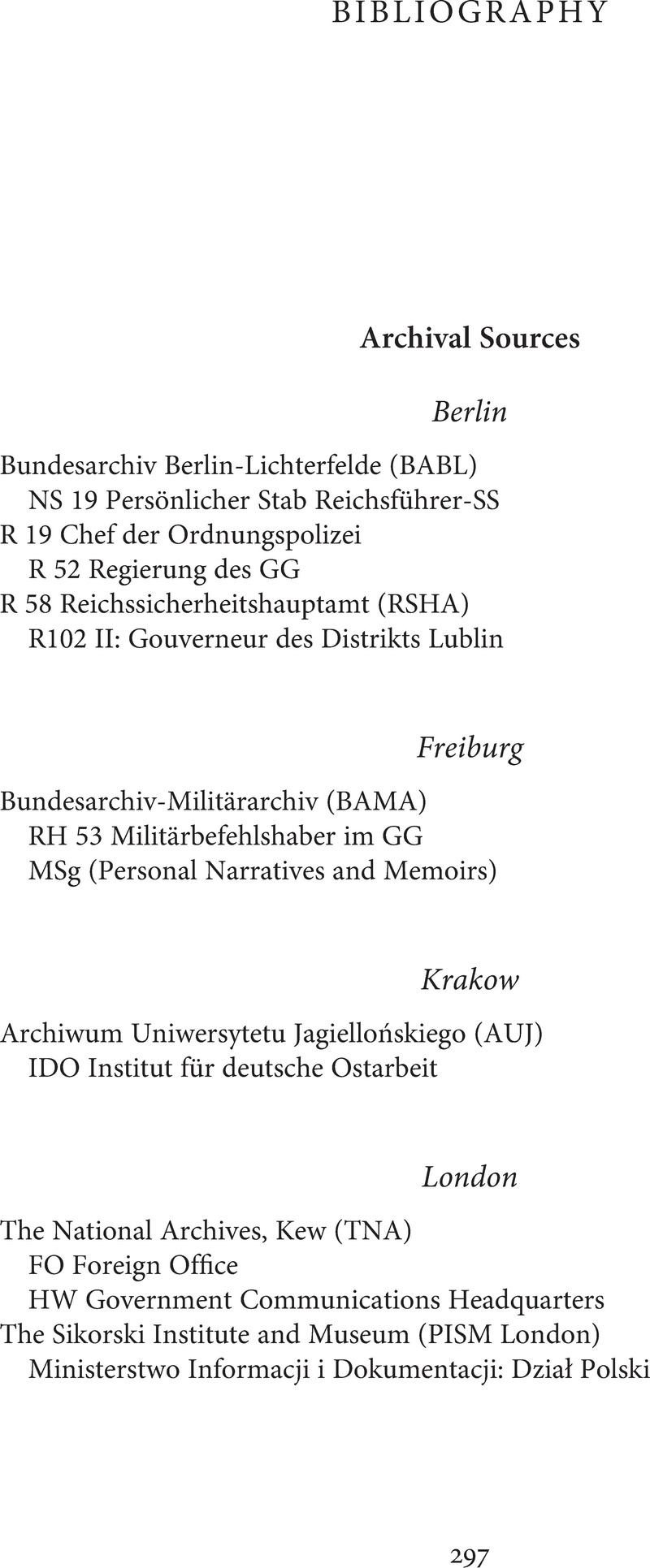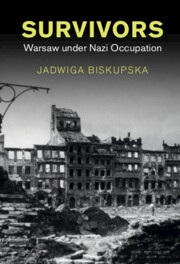Book contents
- Survivors
- Maps
- Studies in the Social and Cultural History of Modern Warfare
- Survivors
- Copyright page
- Dedication
- Contents
- Figures
- Acknowledgments
- Introduction
- 1 Warsaw Besieged
- 2 The Killing Years
- 3 Pawiak Prison
- 4 The Warsaw Ghetto
- 5 Information Wars
- 6 School of Hard Knocks
- 7 Matters of Faith
- 8 Spoiling for a Fight
- 9 Home Army on the Offensive
- Conclusion
- Bibliography
- Index
- References
Bibliography
Published online by Cambridge University Press: 27 January 2022
- Survivors
- Maps
- Studies in the Social and Cultural History of Modern Warfare
- Survivors
- Copyright page
- Dedication
- Contents
- Figures
- Acknowledgments
- Introduction
- 1 Warsaw Besieged
- 2 The Killing Years
- 3 Pawiak Prison
- 4 The Warsaw Ghetto
- 5 Information Wars
- 6 School of Hard Knocks
- 7 Matters of Faith
- 8 Spoiling for a Fight
- 9 Home Army on the Offensive
- Conclusion
- Bibliography
- Index
- References
Summary

- Type
- Chapter
- Information
- SurvivorsWarsaw under Nazi Occupation, pp. 297 - 316Publisher: Cambridge University PressPrint publication year: 2022



